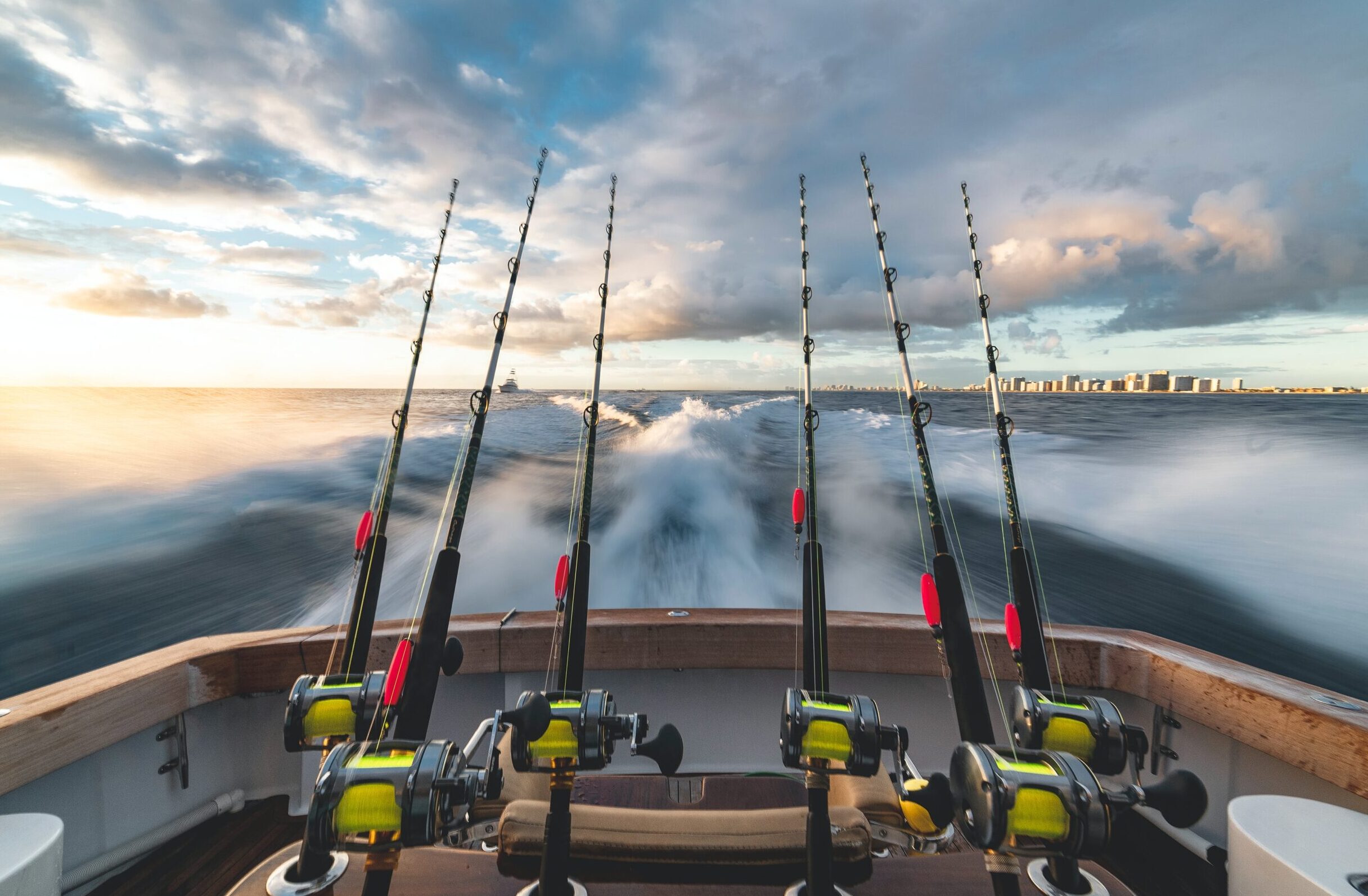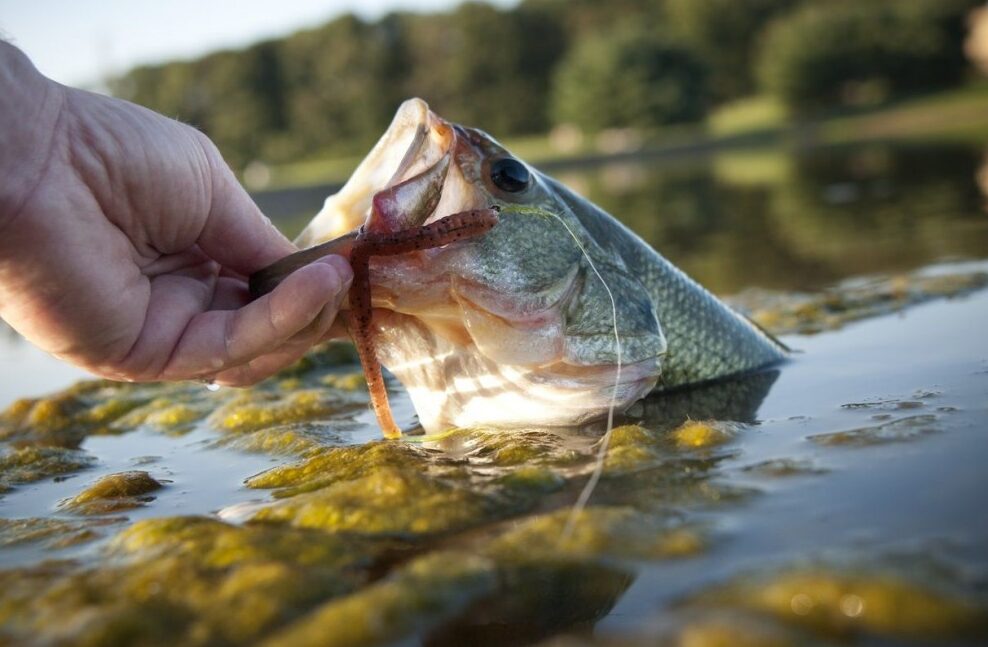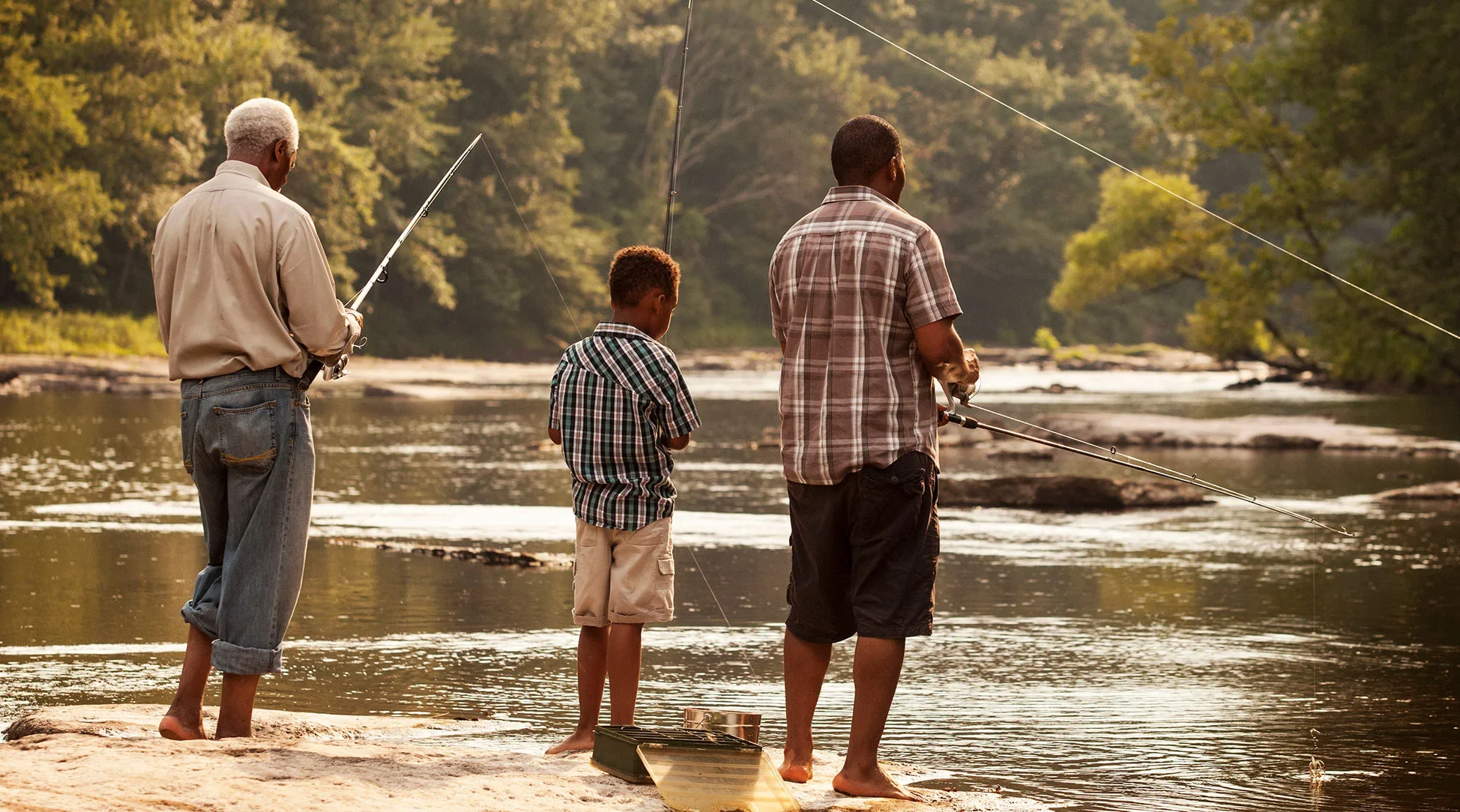Are you tired of coming home from your fishing trips empty-handed? Do you dream of reeling in trophy-sized trout and bass? Look no further than lake fishing! While many anglers prefer the open waters of rivers and oceans, lakes are often overlooked for their hidden secrets. But with the right strategies and techniques, lakes can be a treasure trove for big catches. In this blog post, we’ll unlock the mysteries of lake fishing and provide tips to help you land your next trophy fish. So grab your gear and let’s dive in!
The Mystery of Lakes
Lakes are fascinating bodies of water, each with their own unique characteristics and secrets. Unlike rivers or oceans, the stillness of lakes can make it difficult to predict where fish might be hiding. The mystery of lakes lies in learning how to read the water and interpret its subtle clues.
One key factor is understanding the lake’s structure. Some lakes have steep drop-offs while others have shallow flats that extend for miles. These features affect where fish will be found at different times of day and year. A depth finder or fish finder can help you locate underwater structures that may hold fish.
Another mystery is deciphering what types of prey are available for fish in a particular lake. Understanding this can inform your choice of lures and bait, as well as which fishing techniques to use.
Weather patterns also play a role in the mystery of lakes. Wind direction affects currents and wave action on the surface, which in turn impacts where certain species may congregate.
By embracing these mysteries instead of being intimidated by them, anglers can unlock new opportunities for successful fishing on any given lake!
Types of Lakes
When it comes to lake fishing, not all lakes are created equal. Understanding the types of lakes and their characteristics can give you an advantage in catching trophy trout or bass.
Natural Lakes
These lakes are formed naturally by geological processes like glacial activity or volcanic eruptions. They tend to have varied depths and underwater structures, making them ideal habitats for a variety of fish species.
Man-Made Lakes
As the name suggests, these are human-created bodies of water typically used for recreational activities like boating and fishing. Man-made lakes often lack natural structure features found in natural lakes but they offer consistent water levels, which is beneficial for anglers who want to know where the fish will be biting.
Reservoirs
Dams create reservoirs by impounding rivers or streams that then form large bodies of water with relatively stable environments. Reservoirs tend to have deep basins and submerged structures due to flooding land areas when they were constructed.
Knowing what type of lake you’re fishing in can help determine what lures and techniques will work best for catching trophy trout or bass.
Lures and Bait
Lures and bait are the key elements in lake fishing. They can make or break your chances of catching trophy trout and bass. So, it’s important to know what types of lures and bait work best for different situations.
For trout fishing, you can try using spinners, spoons or small jigs with natural-colored skirts. These imitate the movements of small fish or insects that trout prey upon. Live baits such as worms, mealworms or minnows also work well.
When it comes to bass fishing, crankbaits and topwater lures are popular choices among anglers. Soft plastics like worms, crawfish or lizards rigged on a hook can be effective too. It’s also worth trying live baits like shiners or bluegill if they’re available in the lake.
It’s important to match your lure size and color with the type of fish you’re targeting as well as the water conditions. If the water is clear, go for natural colors; if it’s murky use bright colors that will grab attention.
Experimenting with different types of lures and bait is necessary until you find what works best for each specific situation on any given day out on the lake!
Fishing Techniques
When it comes to lake fishing, mastering the right fishing techniques can make all the difference. Here are some of the most effective strategies for catching trophy trout and bass.
Firstly, one important technique is using a slow retrieve. This means you should reel in your line slowly so that your lure or bait moves naturally through the water. Trout and bass are easily spooked by fast movements, so a slow approach can be more successful.
Another useful technique is casting accurately. By placing your lure or bait in specific areas of the lake where fish tend to gather, such as near rocks or underwater structures, you increase your chances of getting a bite.
Additionally, varying your retrieve pattern can help attract fish that may be hesitant to bite. Try speeding up or slowing down your retrieval speed every few casts to see what works best on any given day.
Paying attention to weather patterns and fluctuations in barometric pressure can also impact which fishing techniques work best at any given time. On cloudy days with little wind activity, for example, topwater lures may be more effective than when there’s strong sun exposure on calm waters.
The Best Time to Go Fishing
Timing is everything when it comes to fishing. Whether you’re after trophy trout or bass, knowing the best time to go fishing can make all the difference in your success. The optimal time for fishing largely depends on several factors.
Firstly, weather conditions play a significant role in determining the best time to fish. Overcast skies and light rain are ideal conditions for catching fish as they create low-light conditions that attract prey close to shorelines or near structures in the water where predator fish like bass and trout often feed.
Another crucial factor is seasonality. Fish have different feeding patterns depending on the season and their breeding cycles. During springtime, spawning occurs which attracts many predatory fish species such as largemouth bass and rainbow trout providing an excellent opportunity for anglers.
It’s essential to consider the tides when planning a lake fishing trip. Tides affect currents which influence how baitfish move around resulting in changes of where larger predator fish will be located.
While there may not be a definitive answer regarding what exactly constitutes “the best” time to go lake fishing, understanding these variables can help increase your chances of reeling in that elusive trophy catch!
Where to Fish
When it comes to lake fishing, knowing where to fish is just as important as having the right gear and bait. The first step in determining where to cast your line is understanding the type of lake you’re fishing in.

If you’re fishing in a natural lake, look for areas with drop-offs or changes in depth. These spots are often home to larger fish looking for cooler water during hot weather. Additionally, rocky areas or underwater structures like logs and stumps can provide shelter for fish and make prime fishing spots.
In man-made lakes, focus on areas near inflows or outflows of water such as dams or creeks. Fish will often congregate around these areas due to increased oxygen levels and food sources being carried downstream.
It’s also important to pay attention to the time of day when deciding where to fish. In early morning or late evening hours, look for shaded areas along the shoreline that may attract feeding fish seeking relief from the sun’s heat.
Don’t be afraid to move around until you find a spot that works. Sometimes even small adjustments can make all the difference between catching nothing and reeling in a trophy bass or trout!
As anglers, we have a responsibility to protect the lakes and the fish that live in them. It’s important to follow local fishing regulations and practice catch-and-release whenever possible. Keeping only what you need for a meal is crucial in maintaining healthy fish populations.
Additionally, be mindful of your impact on the environment while fishing. Avoid leaving behind any trash or debris and dispose of it properly. Respect other anglers around you and maintain a safe distance when casting.
Unlocking the secrets of lake fishing for trophy trout and bass requires patience, skill, knowledge, and conservation efforts. By understanding the type of lake you’re fishing in, using proper lures and bait techniques at the right time of day or season, locating prime spots to fish while being mindful not to overfish an area can lead to successful catches time after time! Remembering these strategies will help ensure that future generations can enjoy this pastime just as much as we do today!


